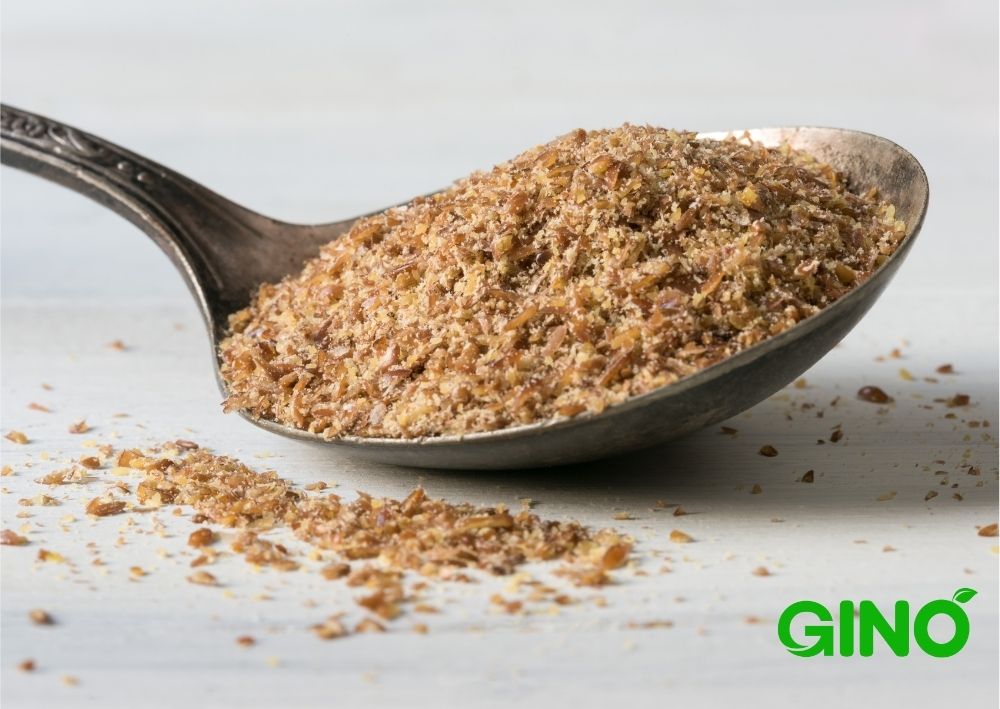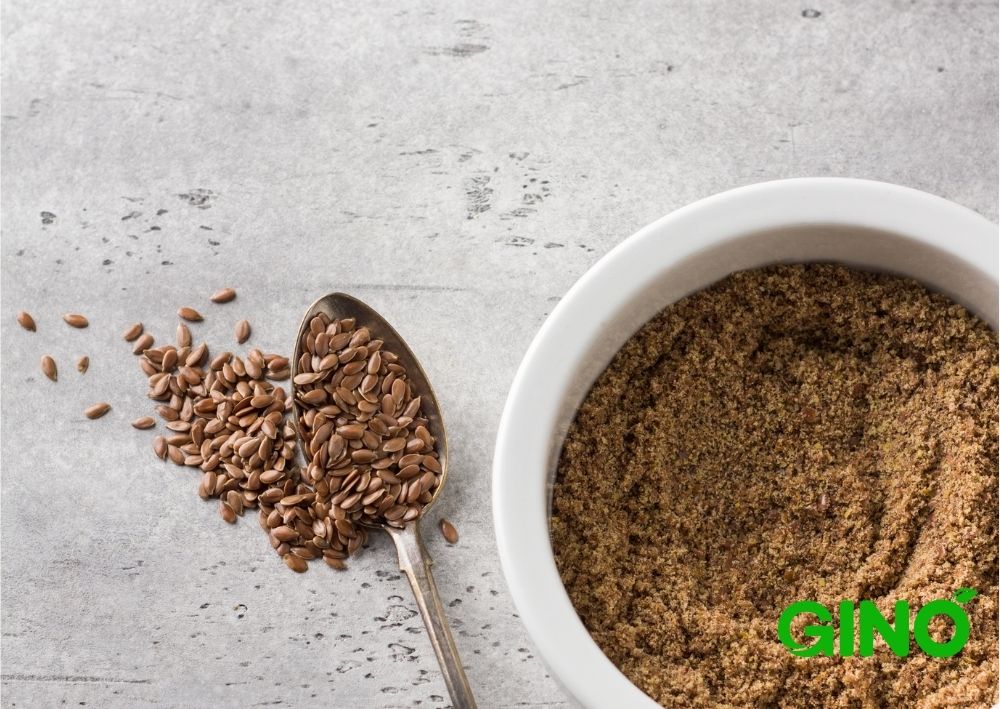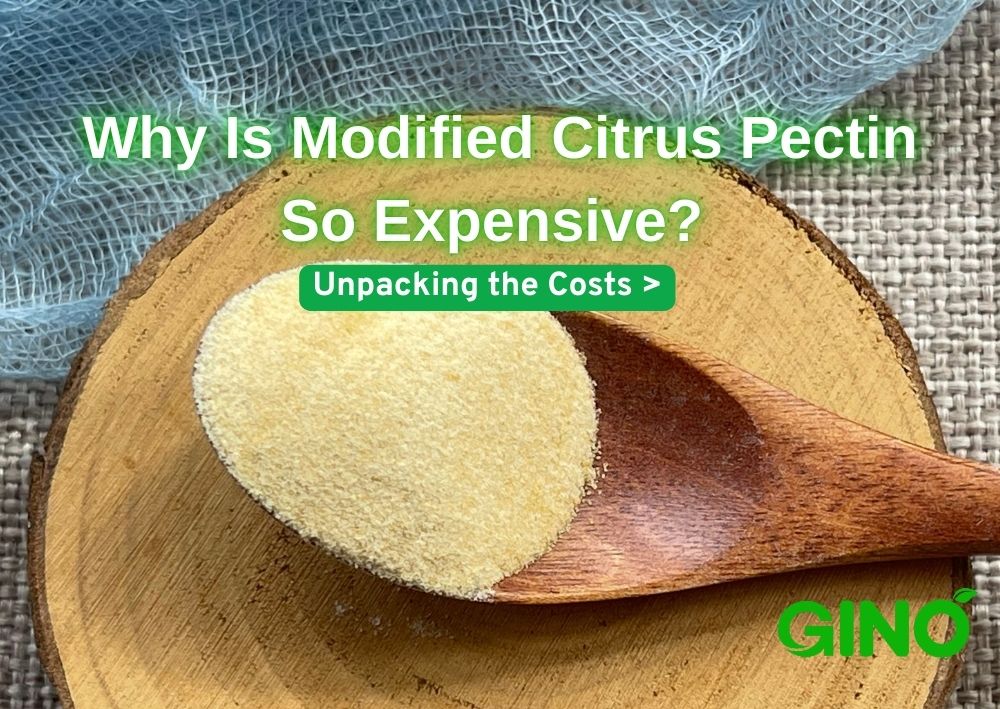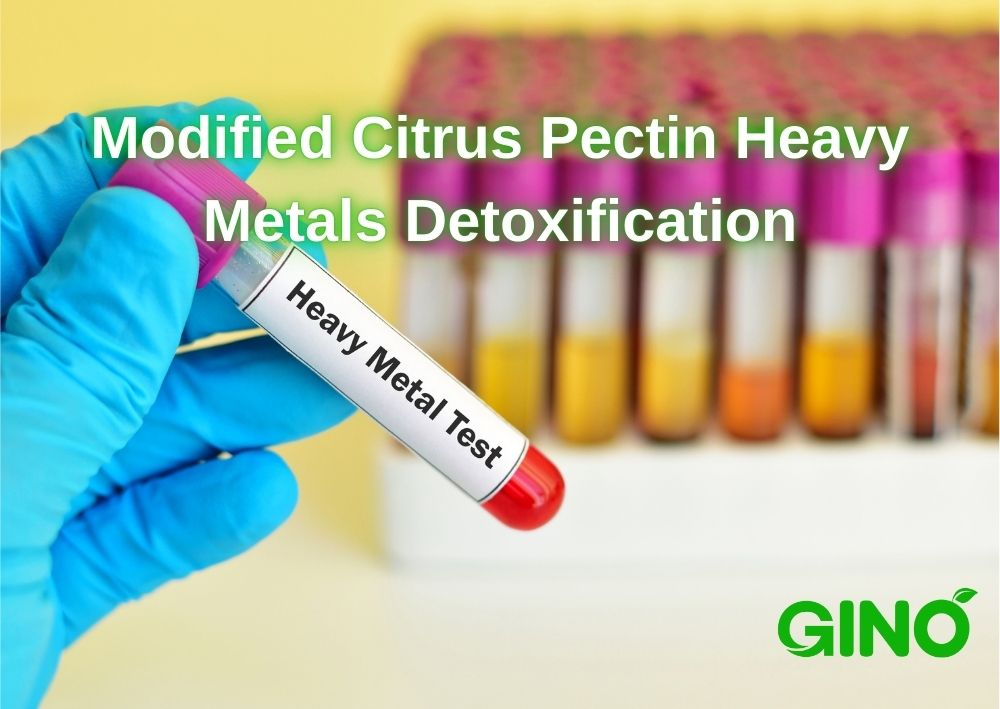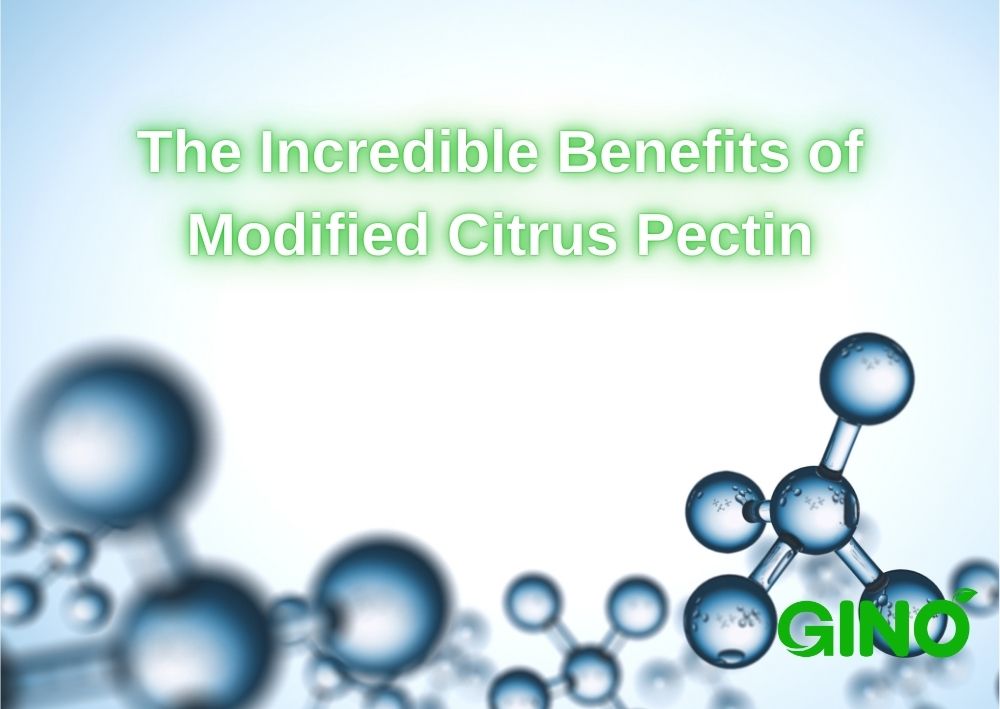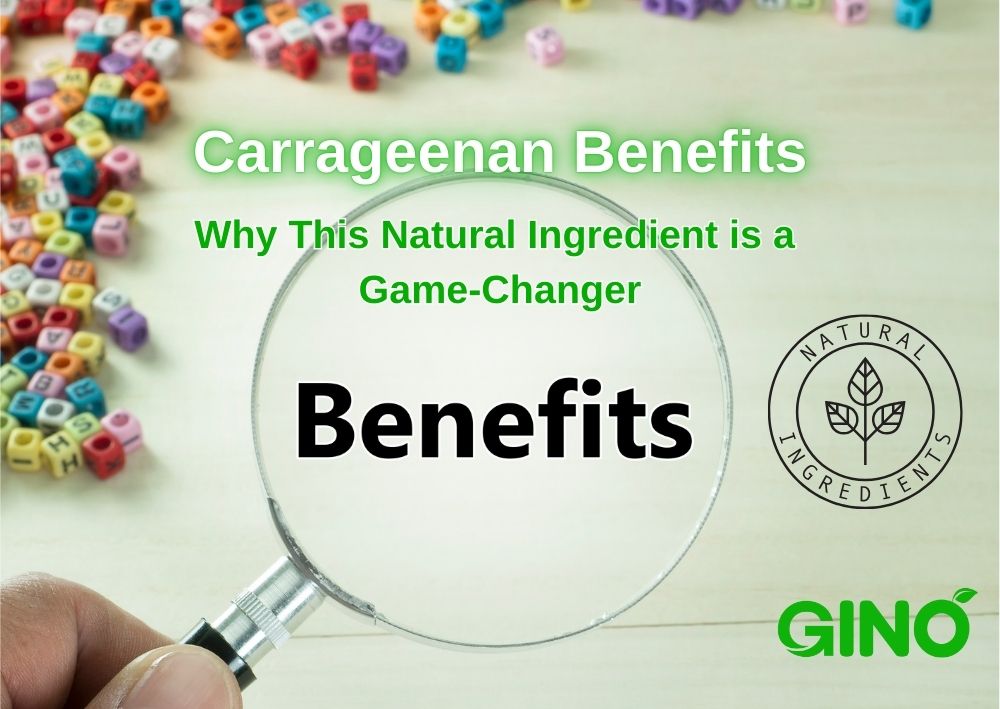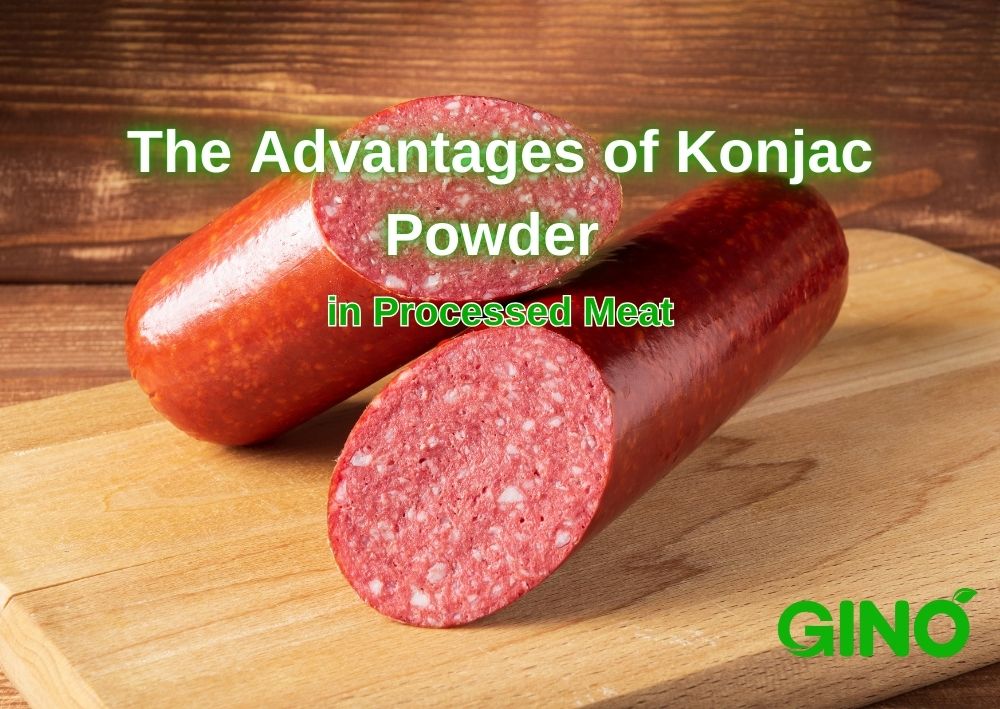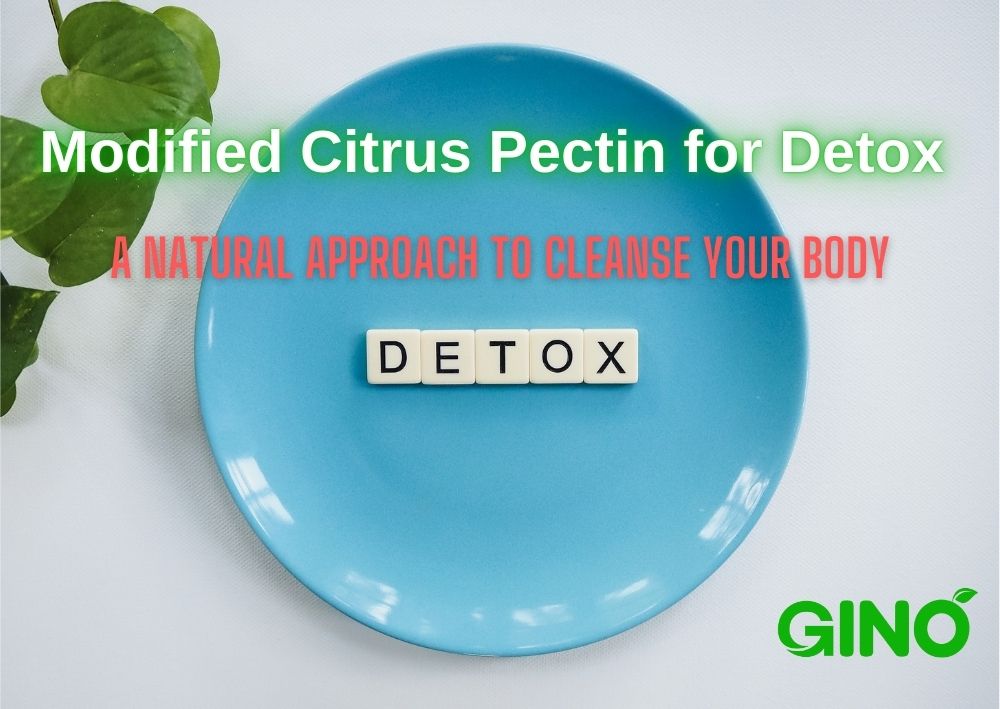
Si vous êtes à la recherche d'un fournisseur d'hydrocolloïdes à base de plantes et d'un fournisseur de solutions alimentaires en Chine, Gino pourrait être un meilleur choix. Nous proposons de meilleures options d'ingrédients et la meilleure solution pour stimuler votre activité. Lire la suite
L'orientation client
Développement de produits
Emballage personnalisé
Support technique
Service rapide


